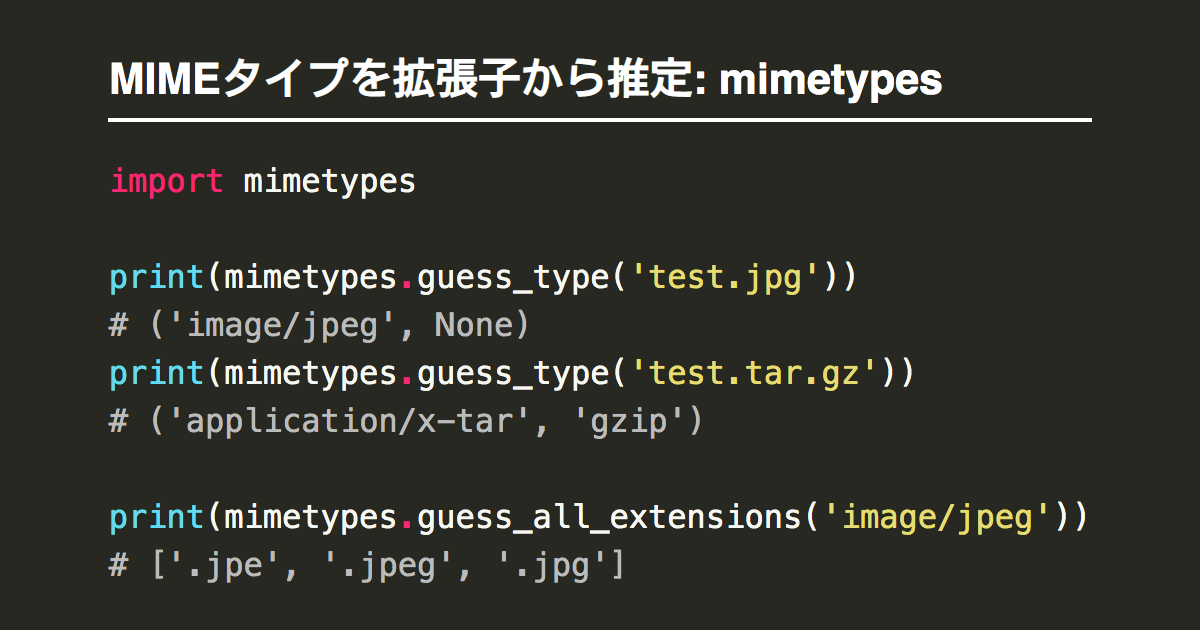

getElementById ( 'my-canvas' ) // Convert canvas to dataURL and log to console const dataURL = canvas. When using 'image/jpeg' or 'image/webp' we can pass the image compression as the last argument, 0 means a lot of compression, 1 means no compression. īy default the canvas outputs to a lossless PNG, we can pass 'image/png', 'image/jpeg' or 'image/webp' to the toDataURL method to get a different format. Convert to Base64 string const base64 = getBase64StringFromDataURL (dataURL ) Ĭonsole. log (dataURL ) // Logs data:image/png base64,wL2dvYWwgbW9yZ. If we have a that we want to turn into a Base64 string we can use toDataURL on the Canvas element. We’ll also use the FileReader API when converting an image tag to a Base64 string. When the image is a File object or Blob we can use the FileReader API please see this article on converting a file to base64 string or dataURL. const getBase64StringFromDataURL = ( dataURL ) =>ĭataURL. We’ll be converting images to DataURLs, we can use the function below to convert a DataURL to a Base64 string. In all examples below we assume we already have a, , File, or Blob object available. We look at converting a File object or Blob, a canvas element, and an image tag.

In this short tutorial we explore 3 different JavaScript methods to convert an image into a Base64 string.


 0 kommentar(er)
0 kommentar(er)
